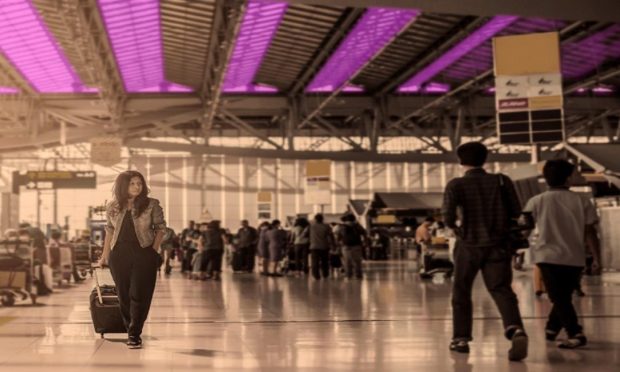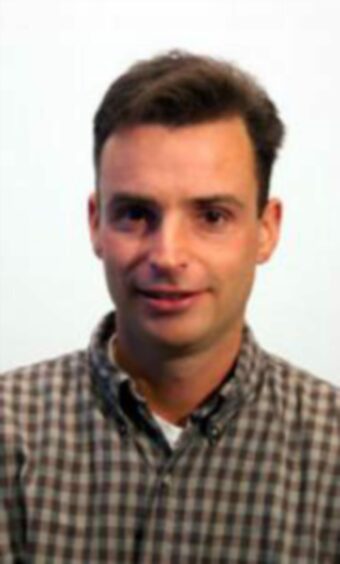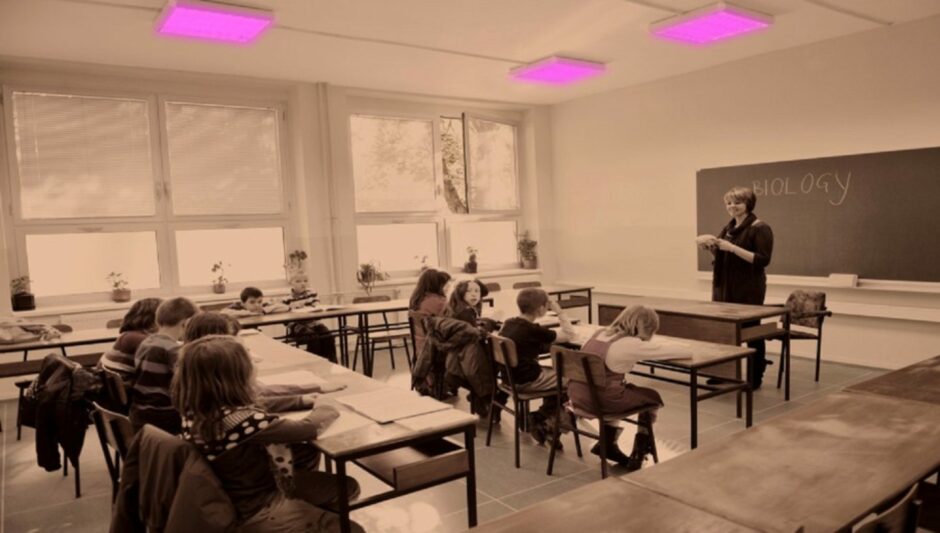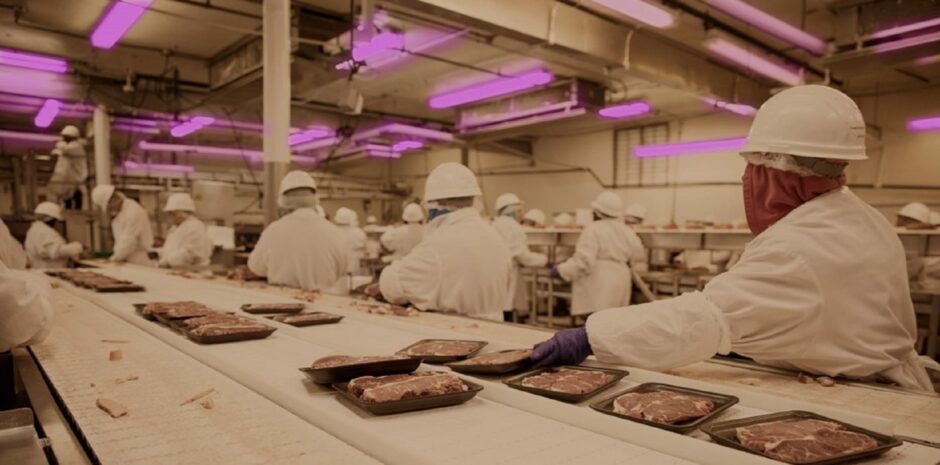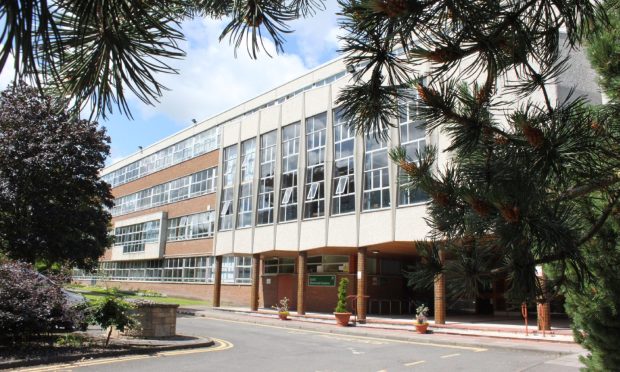Research carried out by St Andrews and Dundee scientists into whether ultraviolet light could be used in the fight against Covid-19 has featured prominently in a prestigious World Health Organisation webinar.
St Andrews University astrophysicist Dr Kenny Wood, who originally developed computer codes at the heart of the work, was amongst four key speakers who took part in the discussion on ultraviolet light for disinfection.
Over 450 people registered from 53 countries for the webinar which featured a welcome address by Dr E. van Deventer of WHO and an overview of UV-C disinfection by Professor Ed Nardell of Harvard University, USA.
This was followed by Dr Ewan Eadie, Scottish Managed Clinical Network for Ultraviolet Phototherapy, UK and Dr Kenny Wood, of St Andrews University, discussing the question: “Is 222 nm UV-C the way forward?”
What’s the science?
The ability of ultraviolet radiation to disinfect water, surfaces and air has been known for over 100 years.
In the last few decades, the primary application across the world has been water disinfection.
But it has also matured as a means of disinfection in healthcare and other environments.
The Covid-19 pandemic has highlighted the potential for UV radiation to manage the transmission of the disease, both using well-developed technologies and emerging technologies.
Dr Ed Nardell, a professor of medicine (global health) and public health (environmental health, immunology and infectious diseases) at Harvard, provided an overview of the application of UV for disinfection for a range of pathogens and environments.
Dr Ewan Eadie and Dr Kenny Wood, who has been a lecturer in the School of Physics & Astronomy at St Andrews University since 2001, then described their research on the application of 222 nm UV excimer lamps for area disinfection.
Computer simulations
The Courier told in 2020 how scientists from St Andrews University and Ninewells Hospital, Dundee, had found a particular type of light known as far-UVC that could be safely used to disinfect air in public places without harming people.
The team used computer simulations to study the impact of far-UVC lamps on human skin as part of their joint work, and found the wavelengths do not cause the problems with skin damage typically associated with ultraviolent light.
Lamps that emit at a shorter wavelength were being investigated worldwide as a way of eliminating the virus responsible for the ongoing global pandemic.
Groups had been using the computer simulations developed by the St Andrews and Ninewells team to ensure they are safe for human skin.
Dr Wood’s twin research areas of astronomy and medical physics make use of three-dimensional Monte Carlo radiation transfer techniques that he has developed since the mid-1990s.
Since 2005 he has worked with colleagues in the Photobiology Unit at Ninewells Hospital on theoretical and experimental studies of the penetration of optical and ultraviolet light into human skin with applications to various phototherapy treatments for skin and brain cancer.
His most recent research is studying far-UVC light for inactivating and preventing the airborne spread of viruses, considering its safety (UVC light-skin interactions) and efficacy (whole room CFD+UVC simulations and bioaerosol chamber experiments).
Different ultraviolet light
There are three types of ultraviolet light – UVA, UVB and UVC – all of which have the potential to damage human skin.
Using their computer model, they have shown that longer UVC wavelengths can damage the skin whilst wavelengths shorter than 230nm had much more limited penetration in the skin.
UVC light from special germicidal lamps with wavelengths in the range 200nm to 280nm kills germs such as bacteria and viruses and has been used as a means of disinfecting hospital wards and operating theatres for decades.
However, the wards must be empty of people because the germicidal lamps operate mainly at a wavelength of 254nm that can penetrate the eyes and skin, causing inflammation and pain.
Far-UVC lamps that emit at wavelengths around 222nm may be safer because proteins in the skin efficiently absorb this light and provide a natural protective barrier.
Want to watch the webinar?
The WHO webinar can be viewed here using the passcode 0@wQtVC$ https://who.zoom.us/rec/share/jJ-g1XfEdxMHIE9UaihXiFZ8fQvDLtrjofThW9QpH3m0dgdlxsRKlZHt0pWpJtUC.VXXhGvIX4EvLX41W
